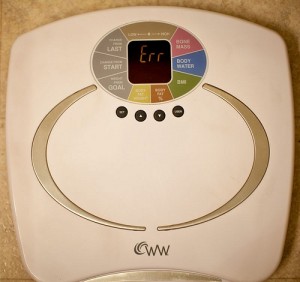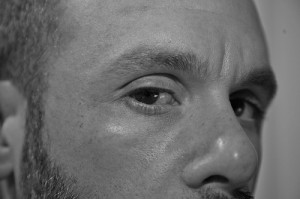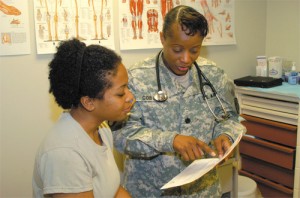Vicki Milazzo is a nurse, but she’s also a legal nurse consultant and an author and CEO of the Vicki Milazzo Institute. She’s a registered nurse (RN) and also has a master’s degree in nursing (MSN) and then also has a doctorate in law (JD).
She put all of these diverse interests and talents together to pioneer the nurse consultant field. In an interview with Laura Raines of the Atlanta Journal-Constitution, Milazzo says that she was working overtime to pay off her mortgage but was no longer feeling fulfilled in a hospital setting.
“I didn’t want to change professions, but I wanted to practice nursing in my own way,” she said.
If she started her own business, Milazzo decided, she could be her own boss. Interested in the relationship between nursing and the law, Milazzo set out to pitch the value of her nursing expertise to medical malpractice attorneys. Although the term “legal nurse consultant” didn’t exist yet, Milazzo became one and went on to start an educational company that trained other nurses in the specialty.
“I had no business skills, so I followed the nursing process I’d learned — assess, diagnose, plan, perform appropriate action, evaluate and start over. I still use that process every day,” she said.
Milazzo also made herself five promises when she realized that having dreams wasn’t enough to change her life and that it would take commitment to realize them.
1. “I will live and work a passionate life.” She wanted to wake up every day feeling excited and energetic.
2. “I will go for it or reject it outright.” You can’t wait for the right time to start living your dreams.
3. “I will take one action step a day toward my passionate vision.” That’s how she created her business.
4. “I commit to being a success student for life.” The quickest way to learn is through the experience of others.
5. “I believe, as a woman, I really can do anything.” If she could save a life in the middle of the night, she could certainly start a business.
“I still live those five promises every day,” Milazzo said.
She encourages nurses to commit to their own promises and reach for their goals. “Nurses today have an incredible knowledge base that can take them in any direction.”








